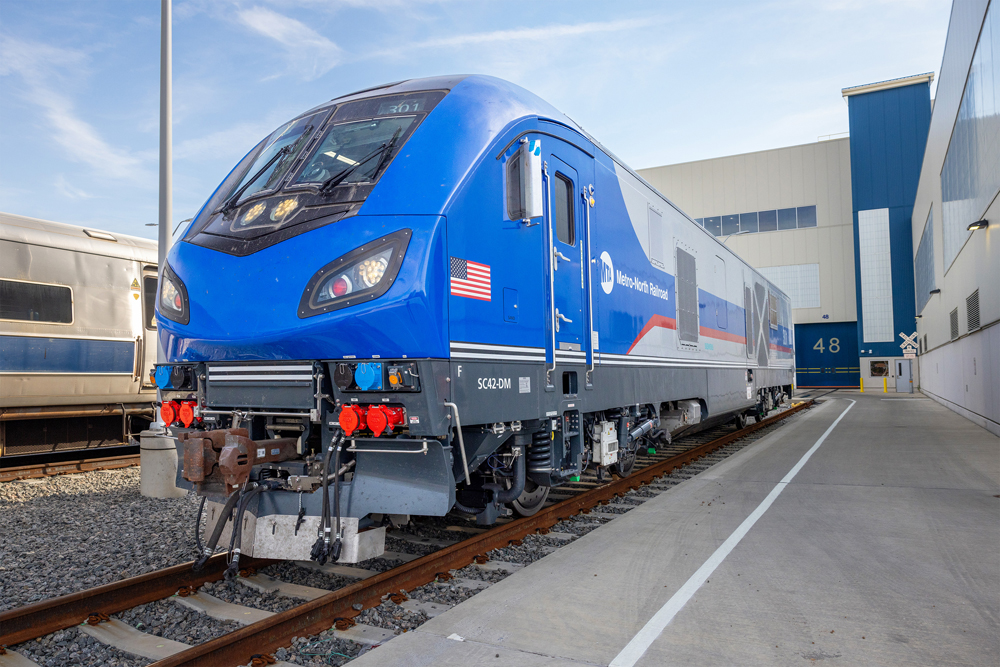
SACRAMENTO, Calif. — The battery-electric versions of the Siemens Charger locomotives to be built for MTA’s Metro-North Railroad will be known as the Charger B+AC, Siemens said today (June 27, 2025). In emphasizing the new locomotive’s suitability for commuter operations, the company also announced it will be available in additional power options.
Metro-North had announced plans to order 13 battery-electric locomotives from Siemens earlier this year, exercising an option on an existing contract for dual-mode (diesel/third-rail electric) locomotives. [see “Metro-North to order 13 …,” Trains News Wire, Feb. 24, 2025]. The first of the dual-mode SC42DM locomotives were delivered last year [see “Metro-North introduces …,” News Wire, Nov. 2, 2024].
More than 400 Charger variants have been sold in North America; this version will replace the diesel power plant with a modular battery and pantograph system, switching to battery power when overhead wires aren’t available. The locomotives will be capable of speeds up to 125 mph and will have a battery range of up to 100 miles. The company says the Charger B+AC will be available with charging options including catenary, plug-in power, and dynamic braking that allows recovery of up to 30% of the energy used during acceleration. Such locomotives will be ideal for operators who have or plan to have partial electrification.
“On behalf of the more than 4,500 Siemens Mobility team members in the U.S., we are thrilled to bring these cutting-edge passenger locomotives to North America for the first time,” Marc Buncher, CEO of Siemens Mobility North America, said in a press release. “These American-made locomotives will help to reinvent rail travel, offering more reliable travel for millions of commuters each year.”
The MTA order is planned for use on the Penn Access project, which will allow the locomotives to draw from catenary power on Metro-North’s New Haven Line, then switch to batteries to reach Penn Station, where the electrical systems differ.






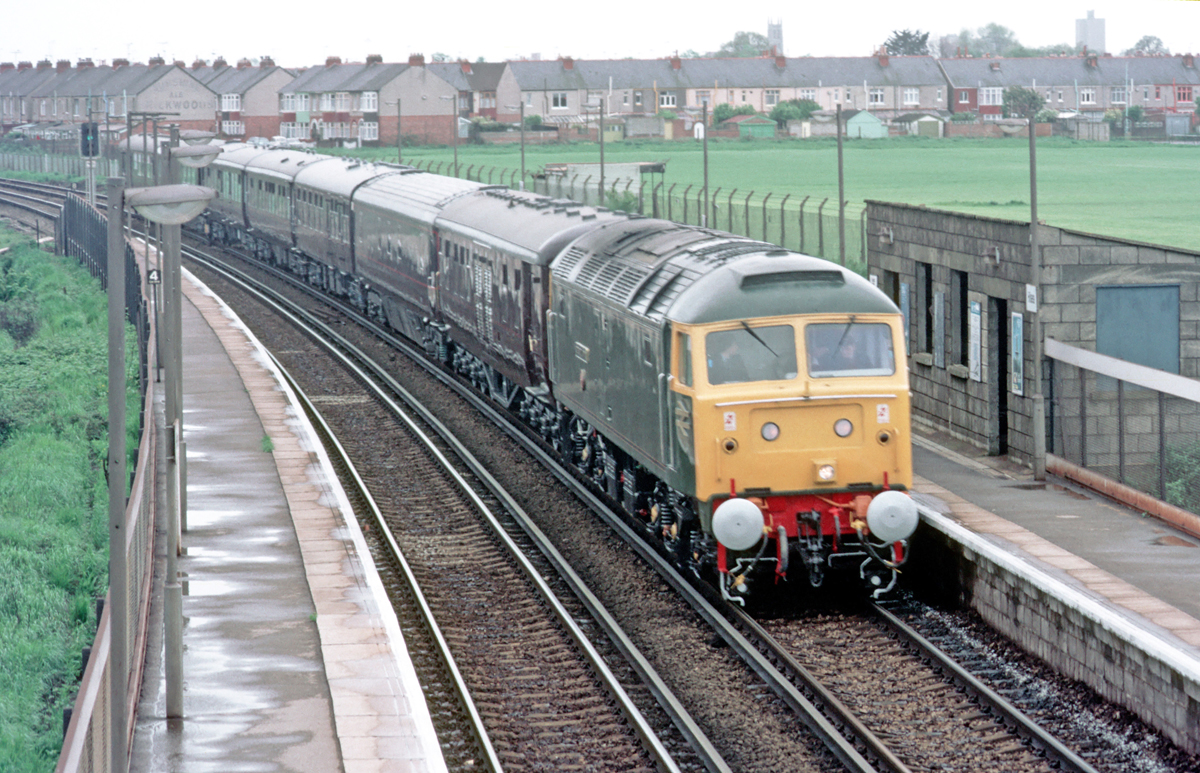


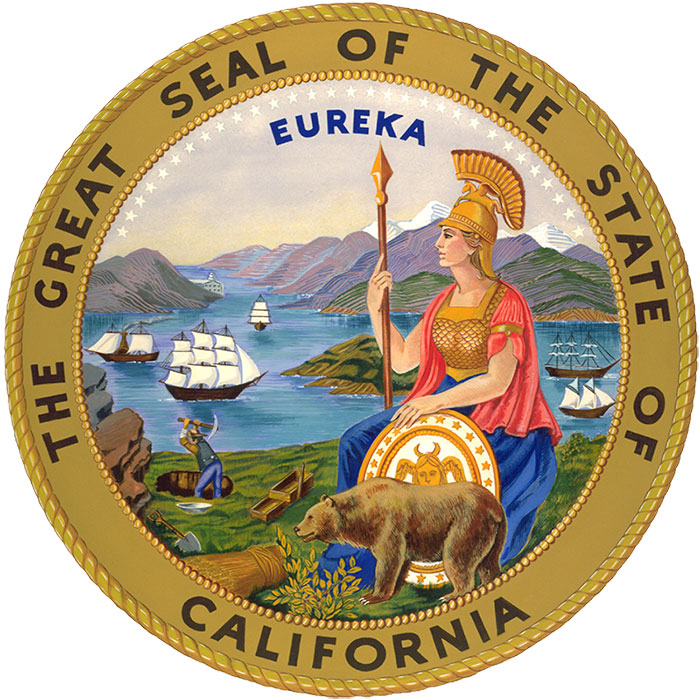

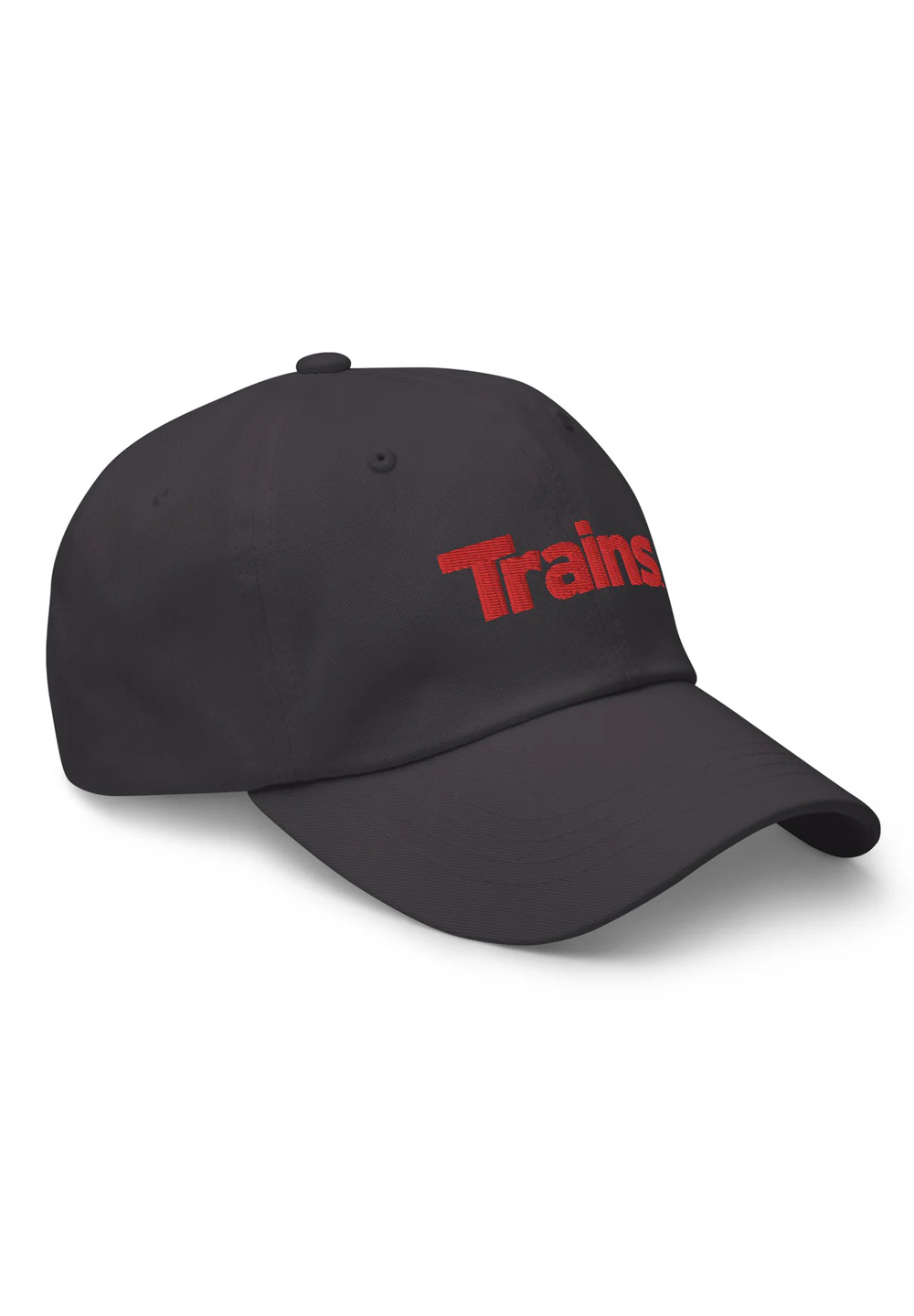
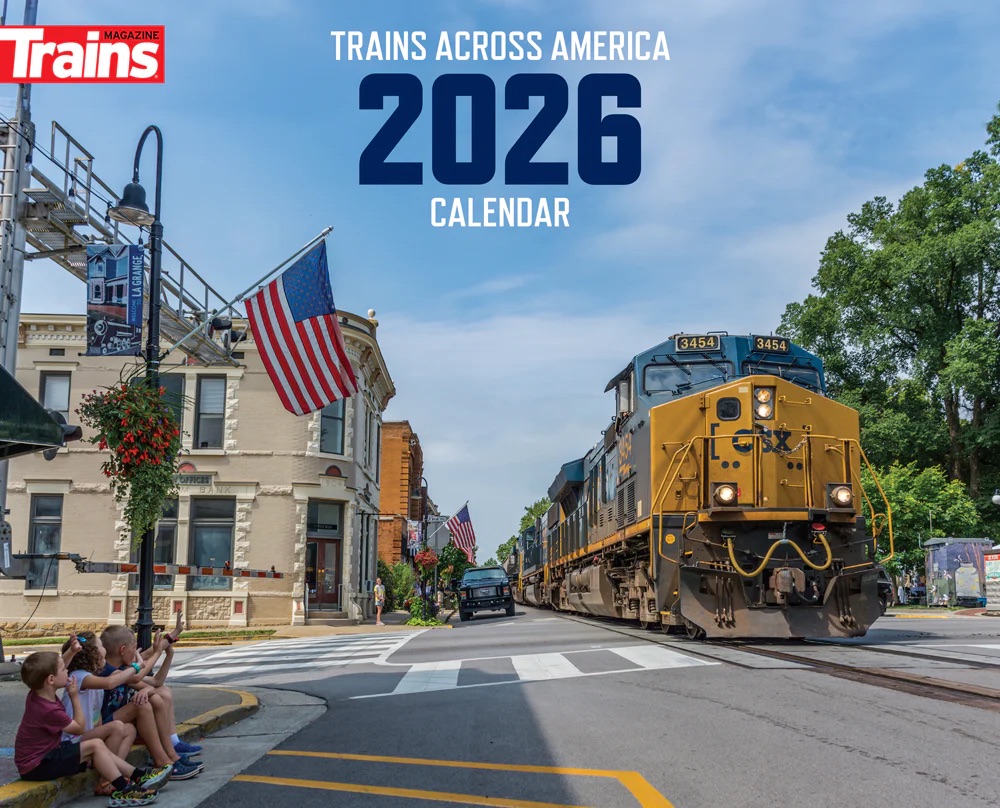
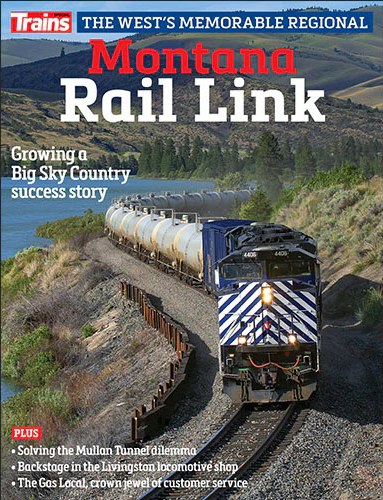
According to Railway age here are the specification of these locos as of June 27th.If no changes..
They will be dual frequency and able to operate on 12.5kV & 25kV 60 hZ as well as 12.0 kV 25 hZ. Assuming these units will mainly be for the east side access they will solve some problems that came up previously.
1. no more worrying about M-8 type units needing over and under running 3rd rail shoes.
2. will the 3rd rail extension toward Gate even be done now?
3. This solves the problem of the limited allowed 3rd rail current draw that now is required for LIRR trains in the East river tunnels. Amtrak certainly does not need to add more capacity to that segment.
4. Although will not happen these units could go all the way to BOS, WASH, HAR, or even somewhat beyond. Am not listing SEPTA or NJ Transit.
Battery capacity is listed at 3.1 MWh. Will leave to others if that that capacity could provide some possible operations.
5. The units could provide a single seat ride from the 3 CT non wired branches directly to NYP.
6. Springfield to NYP?
7. Ferry to Croton maintenance base with how many cars?
8. Could unit take a consist to NYG, wait all day, and leave with consist back to overhead CAT?-
Thank you for this input. All commuter railroads like to have the flexibility to run anything anywhere at anytime on their disparate lines. To that end I have to ask out loud if under-running 3rd rail could be incorporated into the design for running into GCT. Even if it’s just to recharge the battery whilst between runs.
The weight of these locos is listed as a nominal 286k. Adding 3rd rail equipment would exceed the Park Avenue viaduct weight limits. As well there might not be any space left for the 3rd rail equipment.
That would be the $64k question: What is the 3rd rail equipment on a Charger? Shoes and cable, check. Does the inverter cabinet have a direct from the 3rd rail on a dual-mode? The B+ will obviously have one for the battery. We’re coming to that fine line between complexity and flexibility.
Lets see. Here we have a charger that will no longer have a prime mover, fuel tank(s), DEF tank & various controls for the diesel. As well no third rail specific equipment. So how much weight has that eliminated?
Then we have CAT specific items being installed into our charger. Transformer(s), rectifiers. inverters, battery – CAT switching equipment although to keep it (KISS) simple the rectifiers might be directly connected to the battery with just a cross tie relay isolating those items. It will need at least 3 battery banks. Traction, HEP, & 74v This appears to be nearly an AIRO clone.
How will the saved weight be used? Battery, Transformer rectifiers, inverters? Main weight will be battery and transformer. will the transformer be just 60hZ or dual frequency 25/60hZ? That answer makes all the difference in how these units will be operated in revenue service, For future operational variations hope it is dual frequency.
Suspect that these units are being purchased because of the recently disclosed 3rd rail limited capacity in NYP and East River tunnels for LIRR. M-8 type power might have been found to overload the 3rd rail capacity.
BTW Hell Gate line is all 60hZ with change over at Gate CP close to Harold CP
I wonder if this gives Caltrain something to think about with respect to the line south of San Jose. Currently they use some of their older equipment to get to Gilroy a few times a day but extension of service to Monterey County is on the cards and I suspect the affected political jurisdictions would be a lot happier if the railroad was all-electric.
That makes a lot more sense than what they are doing (or at least what I think they are doing) in New York.
Has anything Siemens ever built (rail related) been anything but a disappointment??
Brightline Florida.
Vectron, Eurosprinter, Desiro, Velaro, more??? Siemens has a good track record with a lot of their product lines.
Now I’m waiting for the Charger with the micro-nuclear power plant under the hood. It can be the Charger-N. Problem is you’ll need FRA and NRC certs to run it.
Clearly, this advanced concept is ideal for passenger rail operators with partially electrified networks or with planned electrification measures.
Dr. Güntürk Üstün
Note that the Siemens Mobility Charger B+AC can more accurately be designated a “dual-power electric-battery” locomotive.
Dr. Güntürk Üstün
The HV-AC catenary extends from Boston-South Station to Washington-Union Station, by way of the Hell Gate Bridge, Sunnyside Yard, and NY-Penn. Just ask any Accela motorman. Battery operation might be useful to extend service beyond the catenary for short distances, but it’s not going to haul a train from end-of-wire in Harrisburg to Pittsburgh. The writer of the Siemens article probably is not familiar with eastern US passenger operations.
The “up to 100 miles” range on the battery goes quite a ways to extend service at least somewhat outside of catenary range. Depending on how variable that number is, if you could reliably get out 40 miles past the end of the wires and back with a full passenger train, that would be a huge increase in capability.
Can anyone explain (I am sure there is a logical reason) why the locomotives are not AC catenary + DC third-rail rather than battery?
Presumably the idea is that these engines are used on services starting (or terminating) at Penn Station and running up the NEC. MTA service to the NE includes multiple non-electrified branches. Third-rail won’t help there, but a good enough battery will get you to the end of the branch, where the engine can be recharged for the next trip.
I guess they forgot that the catenary goes to Penn Station on the Hell Gate line.
Maybe some of the LIRR-only tracks on the north side of Penn Station (Track 21 and down) are third-rail only. Does anyone know for sure?
There has been discussion about the frequency change at CP Shell (25Hz to 60Hz). Apparently the M-8s can’t handle 25Hz hence they are looking for alternatives. None of this is making any sense to me and, as a wise man once said, “Not my monkeys, not my circus.”